Home>Furniture & Design>Outdoor Furniture>Why Are My Outdoor Palm Leaves Turning Brown?
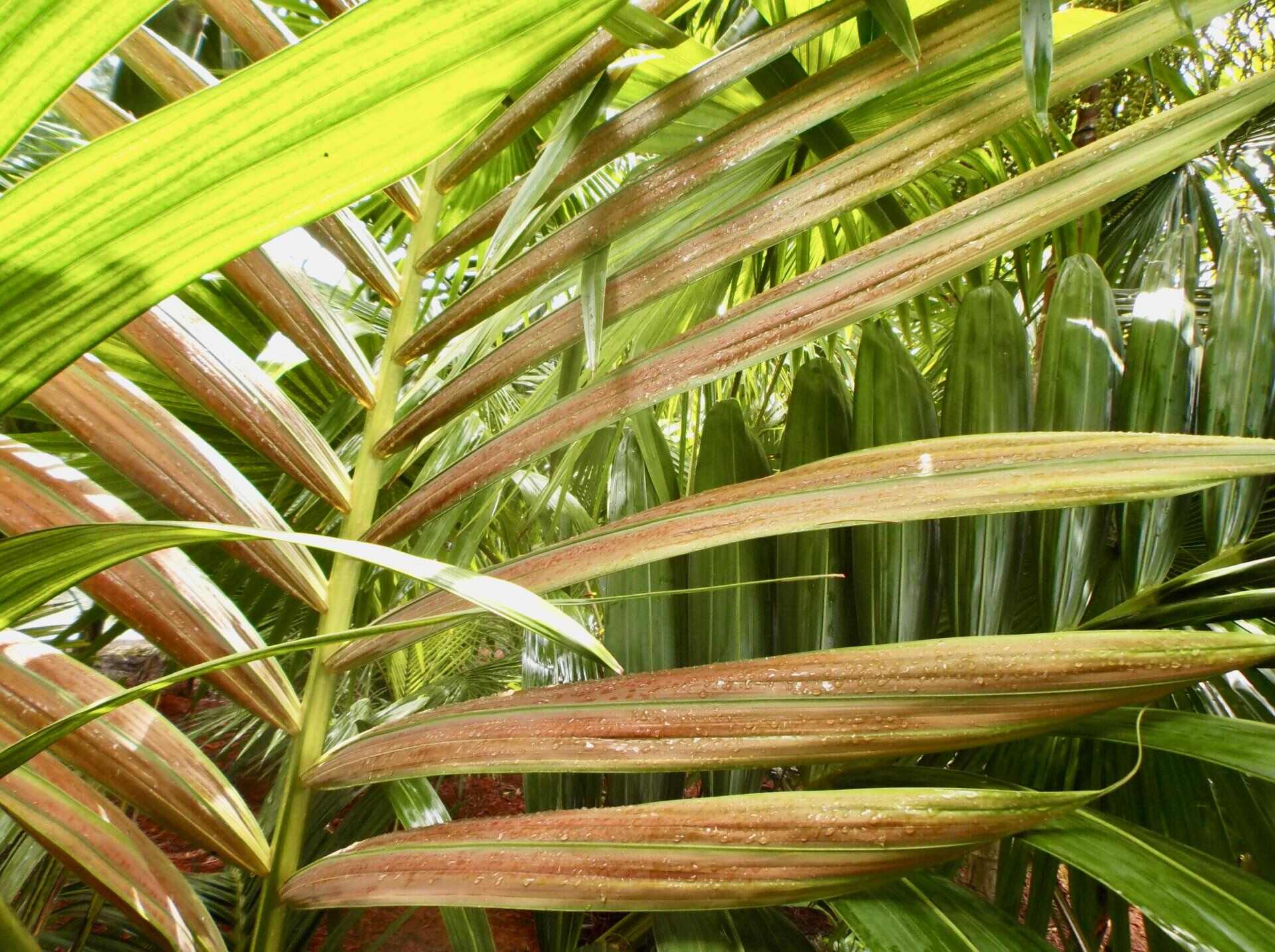

Outdoor Furniture
Why Are My Outdoor Palm Leaves Turning Brown?
Published: January 12, 2024
Discover the reasons why your outdoor palm leaves are turning brown and learn how to maintain your outdoor furniture with expert tips on design and care. Find solutions to keep your outdoor space looking fresh and vibrant.
(Many of the links in this article redirect to a specific reviewed product. Your purchase of these products through affiliate links helps to generate commission for Storables.com, at no extra cost. Learn more)
Introduction
Welcome to the serene world of outdoor furniture and design, where the allure of nature meets the comfort of modern living. Picture this: a tranquil oasis adorned with lush greenery, elegant furniture, and the soothing ambiance of the great outdoors. As you immerse yourself in this idyllic setting, you may encounter a common concern that plagues outdoor enthusiasts – the sight of your majestic palm leaves turning an unsightly shade of brown.
The transformation of vibrant green palm fronds into a disheartening brown hue can be a distressing sight for any outdoor aficionado. However, fear not, as we embark on a journey to unravel the mysteries behind this botanical anomaly. Join us as we delve into the realms of environmental stress, nutrient deficiency, pest infestation, disease, and improper watering, seeking to shed light on the causes of this enigma and provide you with the knowledge to restore your outdoor oasis to its former glory.
Let's embark on this horticultural odyssey, where we'll navigate through the verdant landscapes of outdoor palm care, uncovering the secrets to maintaining the resplendent allure of your outdoor sanctuary. So, grab your gardening gloves and let's dig deep into the root of the matter to unearth the solutions that will rejuvenate your outdoor haven.
Key Takeaways:
- Protect your outdoor palm trees from browning by providing shade from harsh sunlight, shelter from chilly winds, and regular cleansing to remove pollutants. Create a conducive environment to preserve their verdant allure.
- Ensure your outdoor palm trees receive essential nutrients, proactive pest management, and balanced watering to safeguard against browning. Embrace holistic care practices to rejuvenate your outdoor oasis.
Read more: Why Are My Outdoor Ferns Turning Brown?
Environmental Stress
Imagine your outdoor palm trees as resilient, yet sensitive, beings that respond to their environment in intricate ways. Environmental stress can manifest in various forms, triggering distress signals in the form of browning palm leaves.
Excessive exposure to harsh sunlight, particularly during scorching summers, can lead to sunburn, causing the leaves to turn brown and wither. Conversely, prolonged exposure to chilly winds or frost can induce cold stress, resulting in similar discoloration and damage.
Furthermore, the relentless onslaught of environmental pollutants, such as airborne chemicals and industrial residues, can take a toll on your palm trees, leading to the unsightly browning of their leaves. In coastal areas, the salt-laden air can also contribute to this phenomenon, especially if the palms are not receiving adequate care and maintenance.
To mitigate environmental stress, consider providing shade during intense sunlight, shelter from harsh winds, and regular cleansing of the palm leaves to remove accumulated pollutants. By creating a conducive environment for your outdoor palms, you can alleviate the impact of environmental stress and preserve the verdant allure of your outdoor sanctuary.
Nutrient Deficiency
Just like humans, outdoor palm trees require a balanced diet to thrive and maintain their vibrant greenery. A deficiency in essential nutrients can manifest as a disheartening browning of the leaves, signaling the tree’s plea for nourishment.
One of the primary nutrients crucial for the health of palm trees is magnesium. A lack of magnesium can lead to a condition known as “frizzle top,” characterized by the browning and deformation of new leaves. Similarly, insufficient potassium can result in necrosis, causing the tips and edges of the leaves to turn brown.
Furthermore, inadequate levels of manganese can trigger chlorosis, a condition marked by the yellowing of leaves, often followed by browning and desiccation. This depletion of essential nutrients can be attributed to poor soil quality, improper fertilization, or environmental factors that hinder nutrient absorption.
To address nutrient deficiency, a comprehensive soil analysis can be conducted to identify the specific lacking nutrients. Subsequently, a targeted fertilization regimen can be implemented to replenish the depleted nutrients and restore the vitality of the palm trees. By ensuring that your outdoor palms receive the essential nutrients they crave, you can safeguard them against the disheartening effects of nutrient deficiency and preserve their resplendent green allure.
Pest Infestation
Amid the tranquil beauty of your outdoor sanctuary, a silent menace may lurk in the form of pest infestation, stealthily encroaching upon your cherished palm trees. These insidious invaders can wreak havoc on the foliage, causing the once-lush green leaves to adopt an unappealing brown hue.
One notorious culprit in the realm of palm tree pests is the spider mite, a minuscule arachnid that thrives in warm, dry conditions. Infestations by these voracious pests can lead to stippling, discoloration, and the eventual browning of the palm leaves. Additionally, the presence of weevils, scales, or aphids can exacerbate the situation, further contributing to the decline of your palm’s visual appeal.
Effective pest management strategies, such as regular inspection, targeted insecticidal treatments, and the introduction of natural predators, can help mitigate pest infestations and prevent the distressing browning of palm leaves. By safeguarding your outdoor palms from the clutches of these voracious invaders, you can preserve the verdant splendor of your outdoor oasis and thwart the encroachment of pest-induced browning.
Make sure your palm is getting enough water, especially during hot weather. Also, check for pests or diseases that could be causing the browning.
Disease
Within the enchanting realm of outdoor palm trees, the specter of disease can cast a shadow over the once-vibrant foliage, leading to the disconcerting browning of leaves. Various pathogens and diseases can assail these majestic botanical wonders, manifesting as a visual testament to their ailing health.
One prevalent affliction that can contribute to the browning of palm leaves is the dreaded fungal disease known as “bud rot.” This insidious malady targets the heart of the palm, causing the fronds to wilt, turn brown, and eventually succumb to decay. Similarly, the pernicious ganoderma butt rot can infiltrate the root systems, compromising the tree’s structural integrity and leading to the gradual browning and wilting of the leaves.
Furthermore, the onset of lethal yellowing disease, caused by phytoplasma, can trigger the premature browning and desiccation of palm fronds, signaling the imminent demise of the tree. Additionally, the presence of leaf spot diseases, such as the notorious Pestalotiopsis fungus, can contribute to the unsightly browning and necrosis of palm leaves.
To combat these afflictions, proactive measures such as regular sanitation, proper pruning, and the application of targeted fungicidal treatments can help fortify your palm trees against the onslaught of diseases. By safeguarding your outdoor palms from the clutches of these malevolent maladies, you can preserve the verdant allure of your outdoor sanctuary and thwart the encroachment of disease-induced browning.
Improper Watering
Picture this: your outdoor palm trees, reminiscent of verdant sentinels, stand as testament to nature’s grandeur. However, beneath their majestic fronds, a critical factor may be silently contributing to the disheartening browning of their leaves – improper watering practices.
Underwatering, a common pitfall, can lead to moisture stress, causing the palm leaves to wither and eventually turn brown. Conversely, overzealous watering can lead to waterlogged soil, suffocating the roots and impeding nutrient uptake, thereby triggering the gradual browning and desiccation of the leaves.
Moreover, inconsistent watering schedules can subject the palm trees to undue stress, leading to irregular growth patterns and the eventual browning of leaves. Inadequate drainage exacerbates the situation, compounding the detrimental effects of improper watering practices.
To address this concern, it is imperative to establish a balanced watering regimen tailored to the specific needs of your palm trees. This entails ensuring adequate hydration without waterlogging, fostering healthy root development, and promoting the lush greenery that epitomizes your outdoor oasis. By embracing judicious watering practices, you can mitigate the distressing effects of improper watering and restore the resplendent allure of your outdoor palms.
Conclusion
As we conclude our expedition into the captivating realm of outdoor palm care, armed with newfound insights and horticultural wisdom, we have unraveled the enigma behind the disheartening browning of palm leaves. From the perils of environmental stress and nutrient deficiency to the clandestine threats posed by pest infestations and diseases, we have navigated through the intricate tapestry of challenges that can beset these majestic botanical wonders.
Armed with this knowledge, you are empowered to embark on a journey of rejuvenation, breathing new life into your outdoor oasis and restoring the resplendent allure of your palm trees. By embracing holistic care practices, including targeted fertilization, proactive pest management, and judicious watering, you can safeguard your outdoor palms against the perils that precipitate browning, preserving their verdant splendor for generations to come.
As you tend to your outdoor sanctuary, envision a harmonious tapestry of lush greenery, elegant furniture, and the tranquil ambiance of the great outdoors. Let the rejuvenated palm leaves stand as vibrant testaments to your unwavering dedication and horticultural prowess, enriching the allure of your outdoor haven and beckoning visitors to immerse themselves in its timeless splendor.
So, as you traverse the verdant landscapes of outdoor palm care, may your endeavors yield bountiful harvests of lush greenery, and may the browning of palm leaves become a distant memory, eclipsed by the resplendent beauty of your rejuvenated outdoor sanctuary.
Frequently Asked Questions about Why Are My Outdoor Palm Leaves Turning Brown?
Was this page helpful?
At Storables.com, we guarantee accurate and reliable information. Our content, validated by Expert Board Contributors, is crafted following stringent Editorial Policies. We're committed to providing you with well-researched, expert-backed insights for all your informational needs.

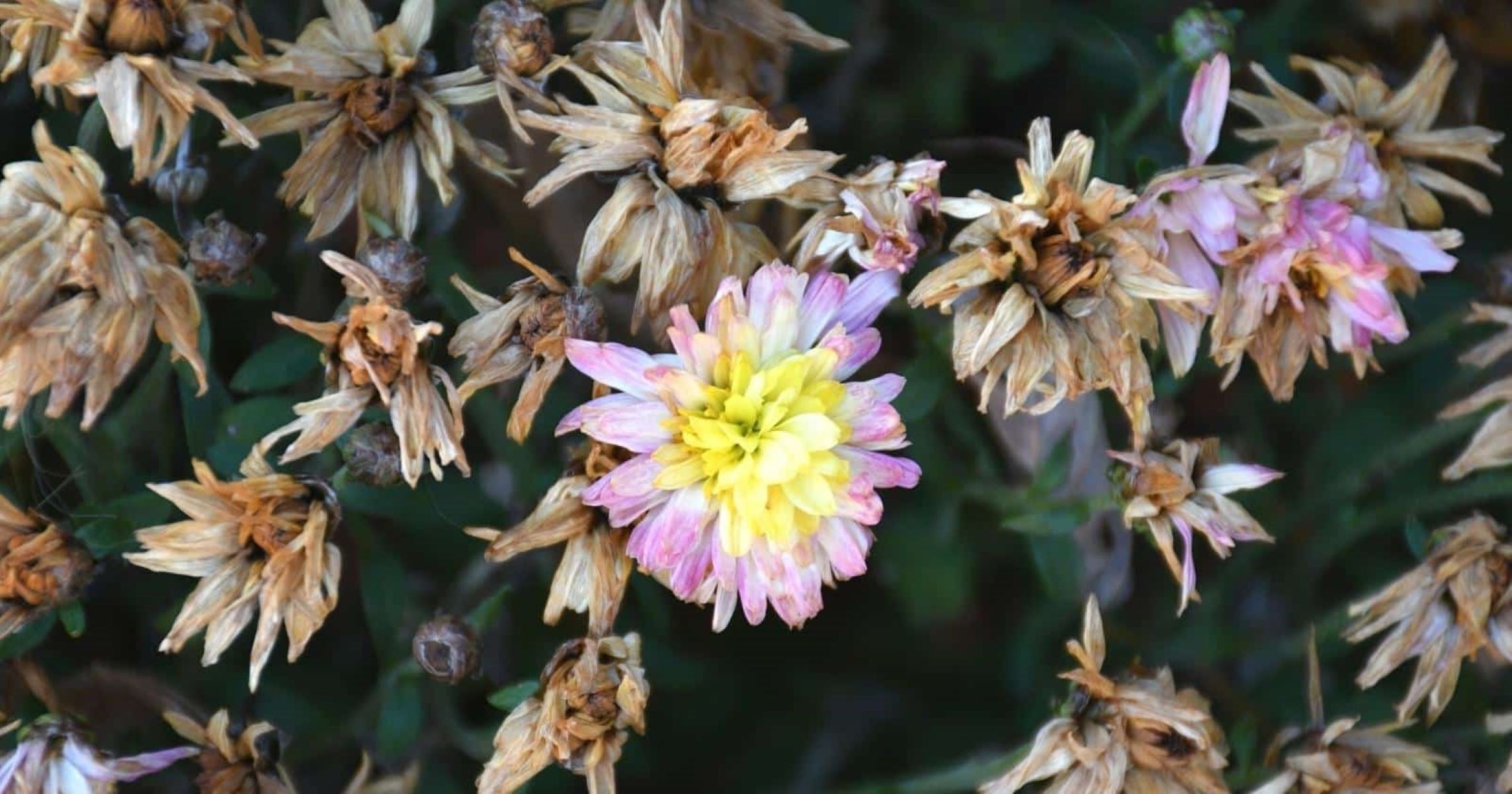


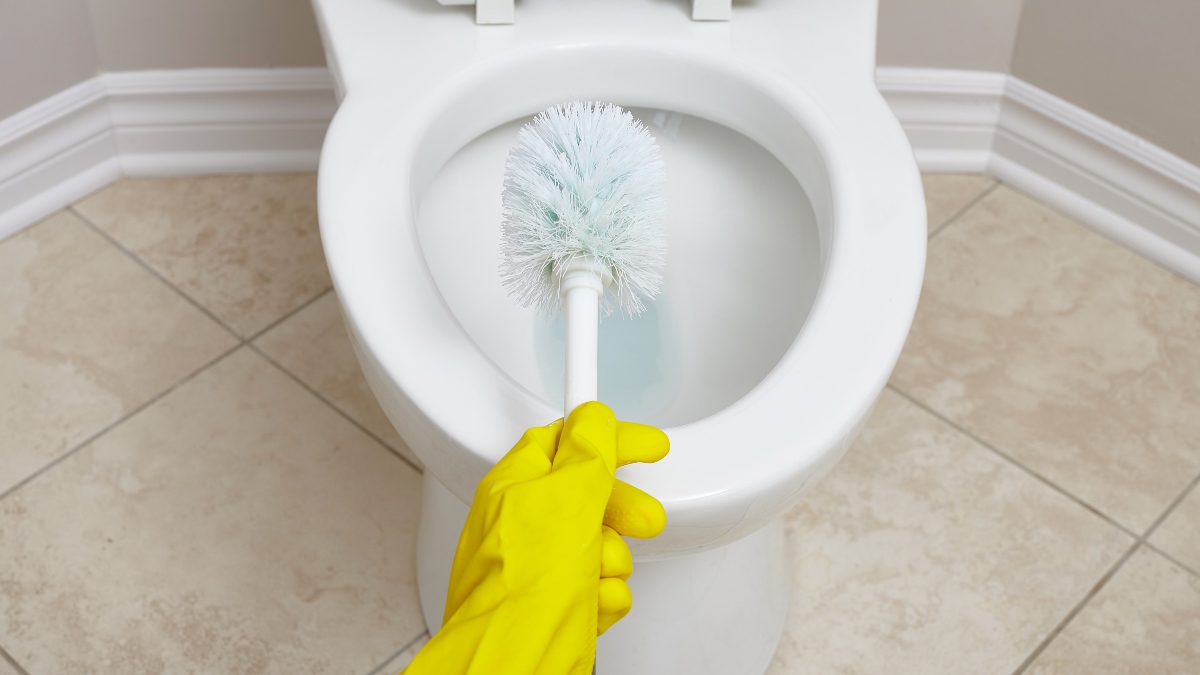
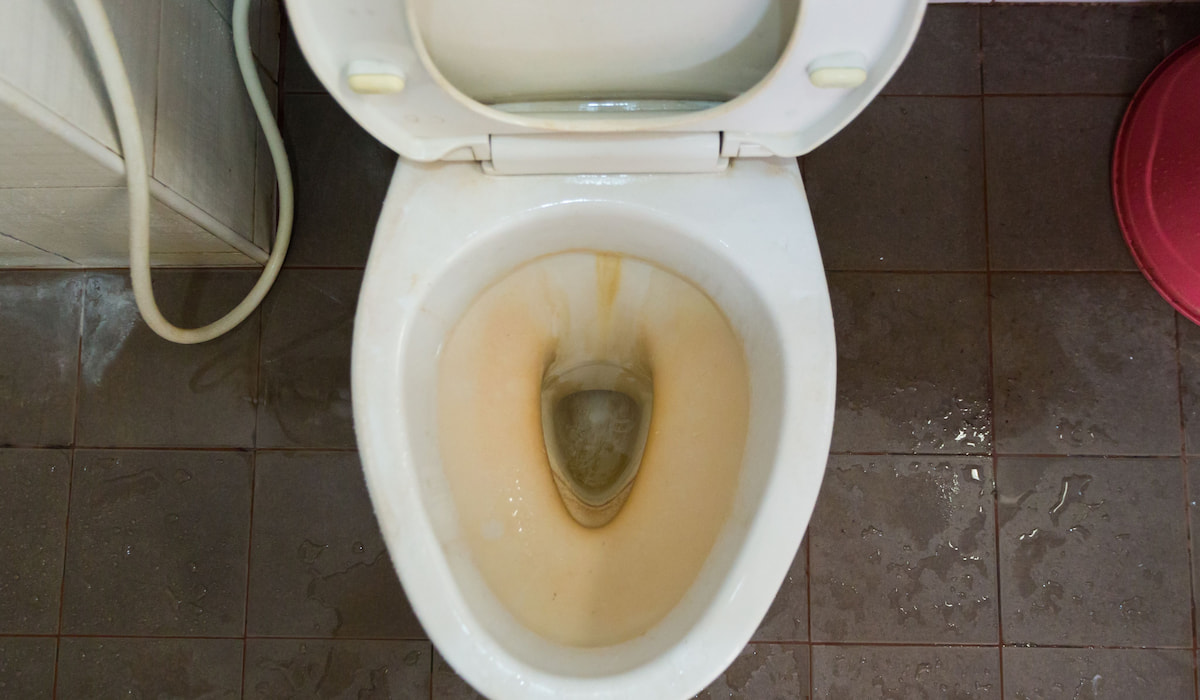
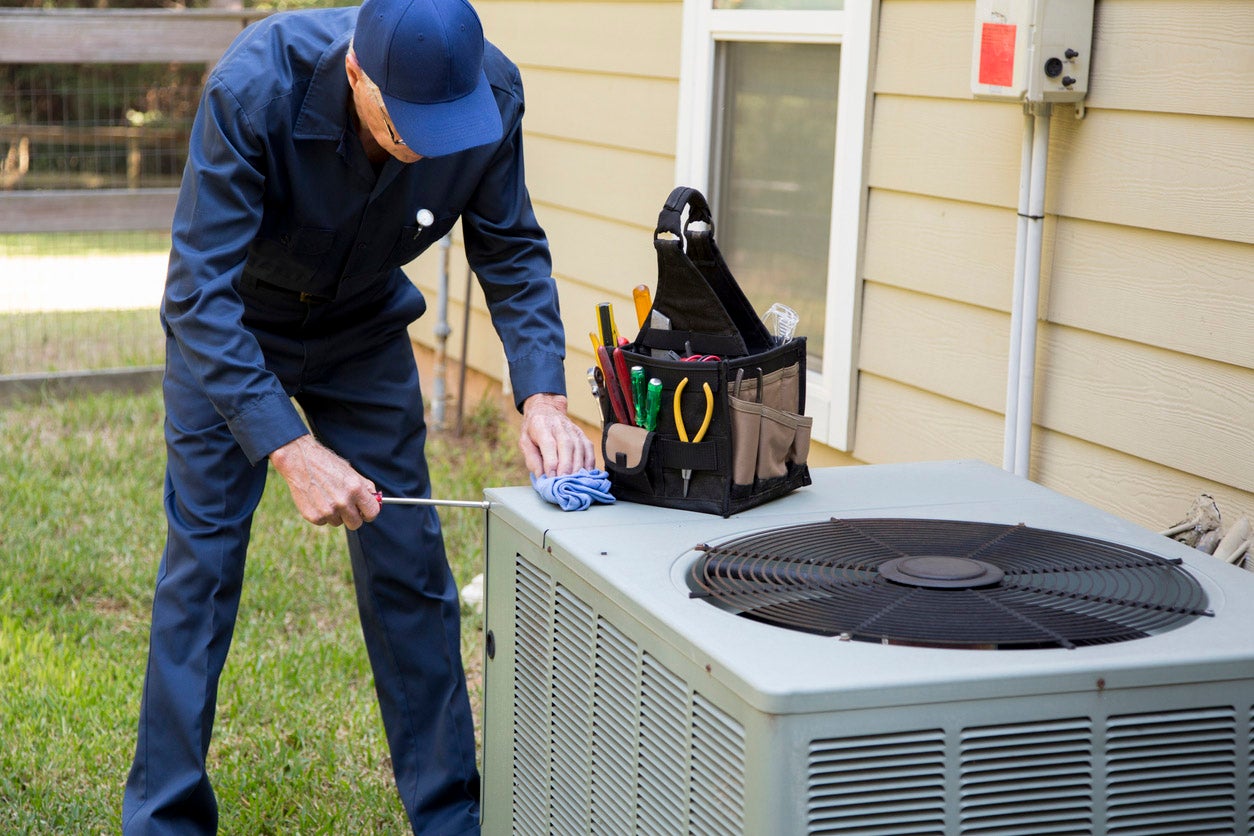

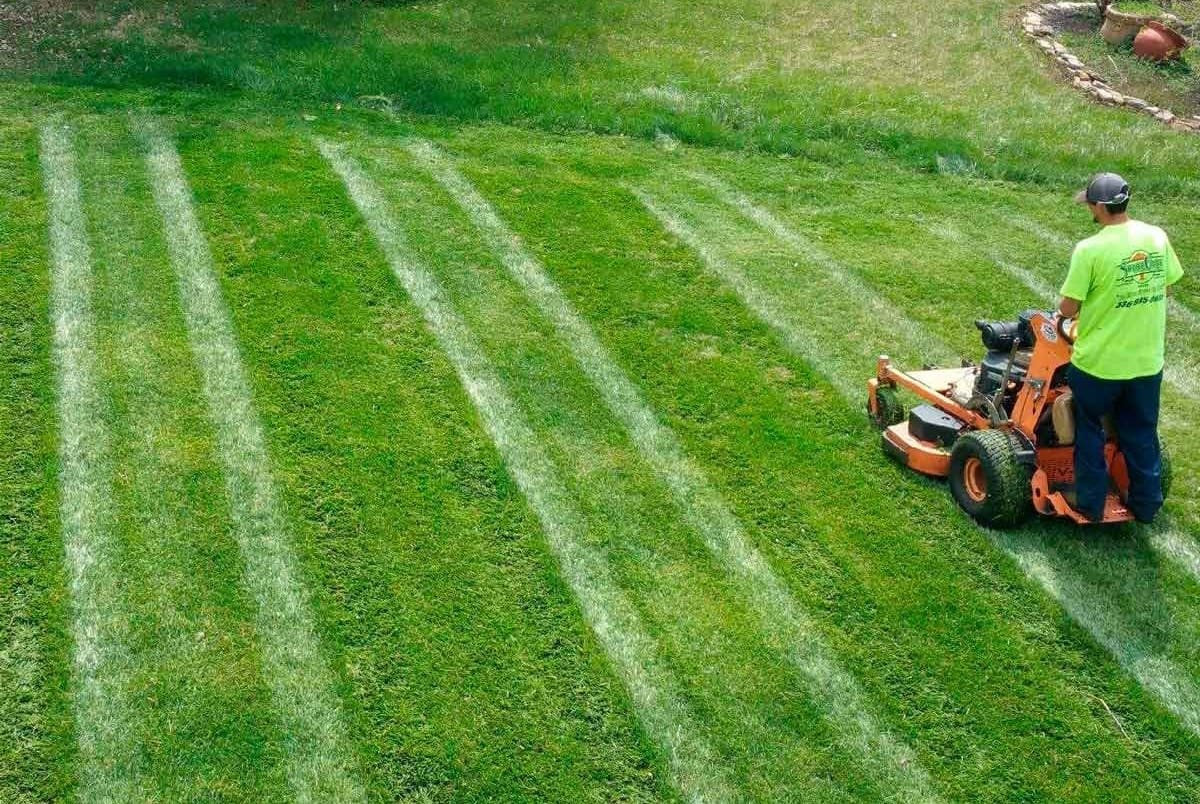
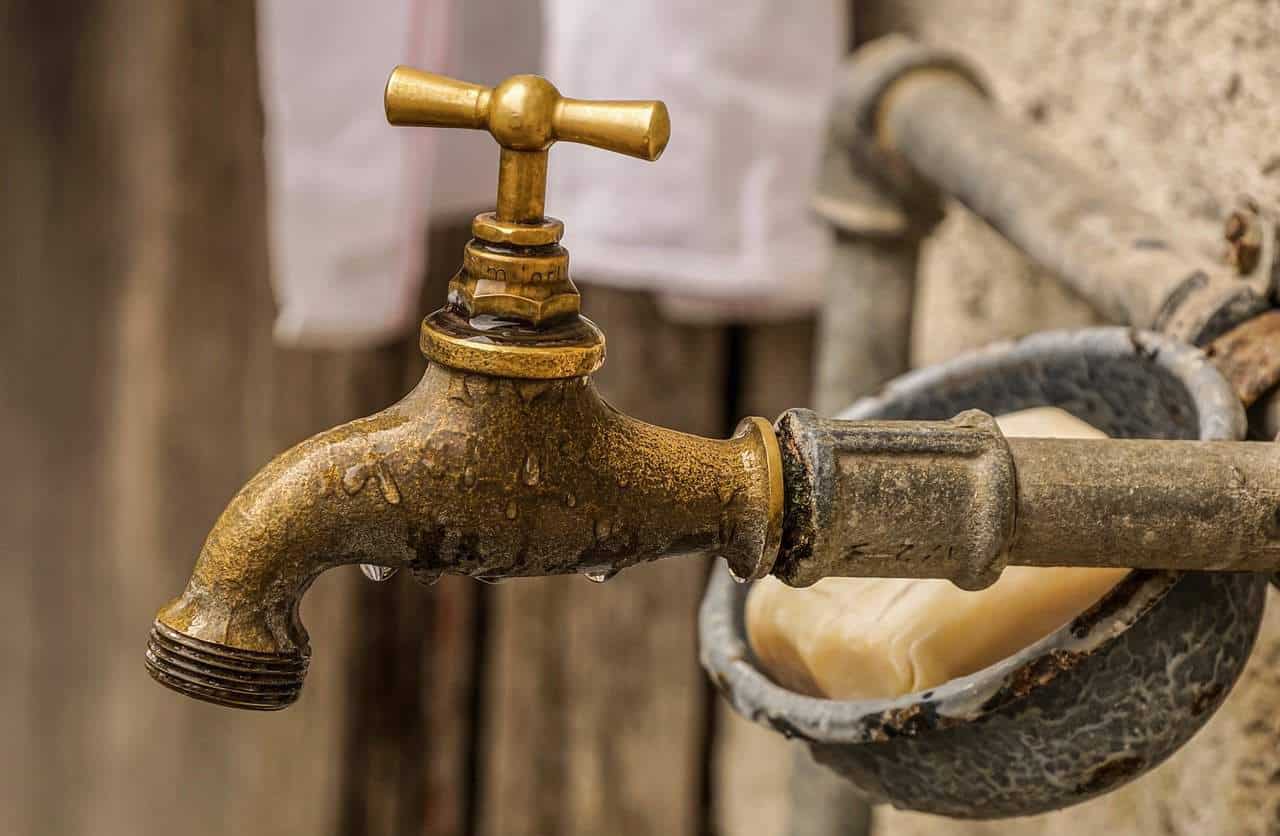
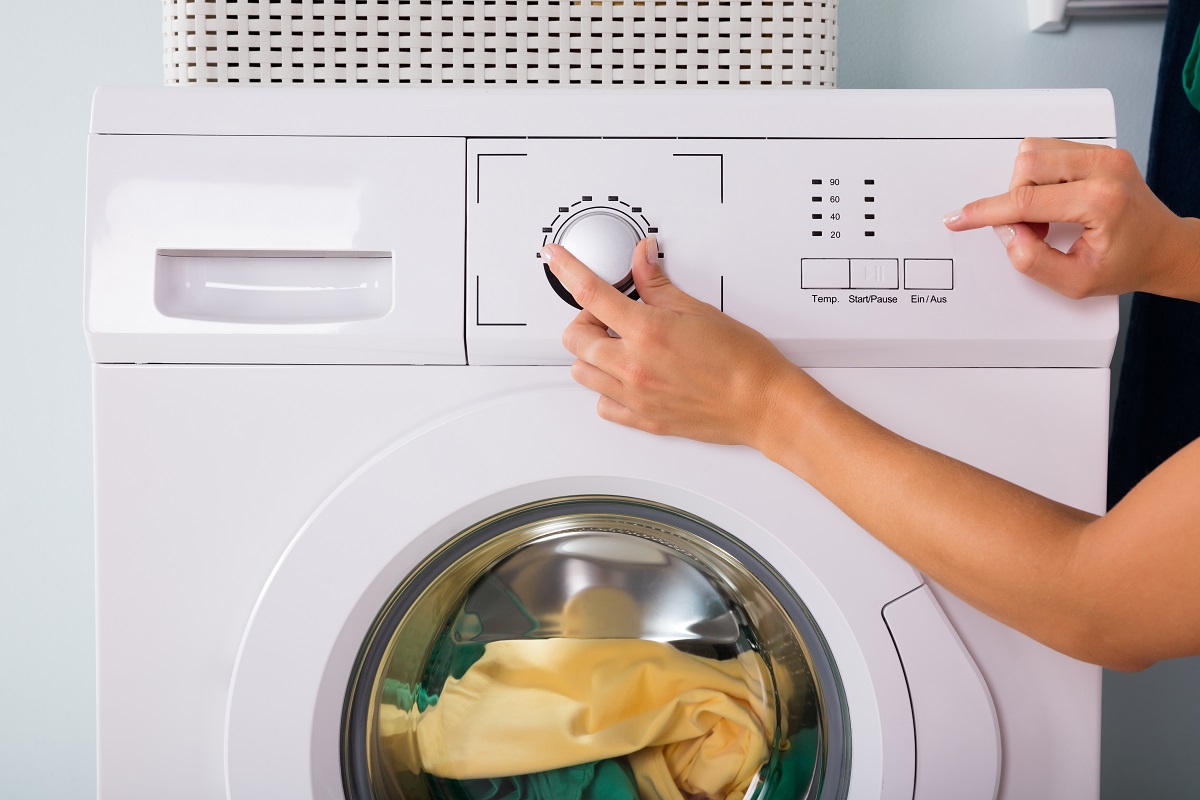
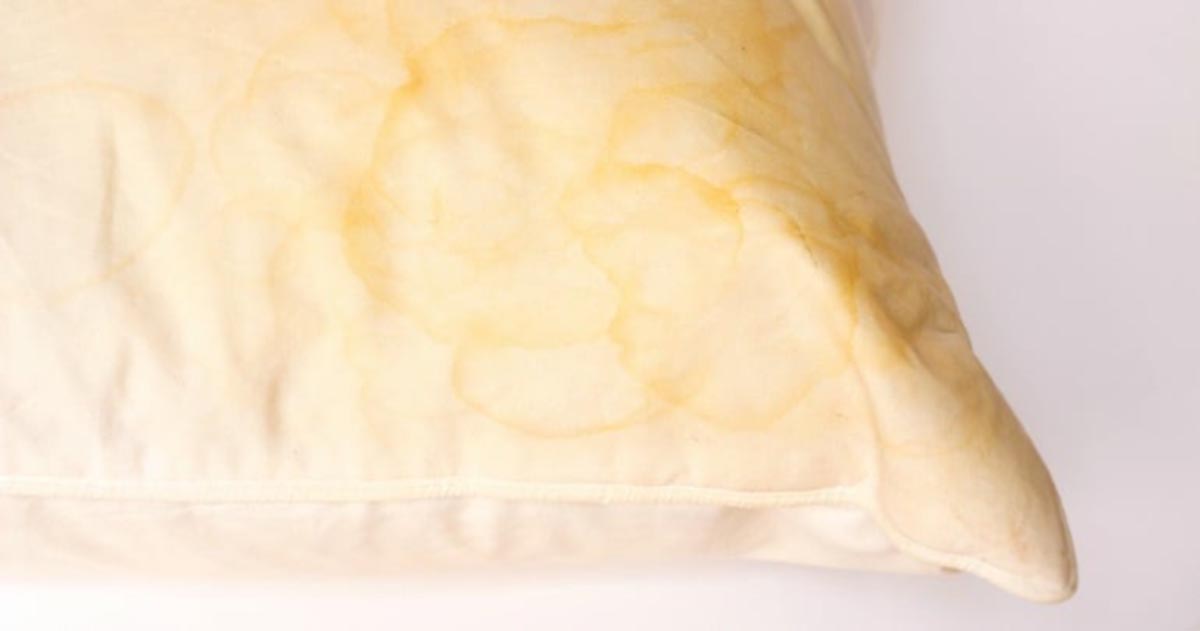
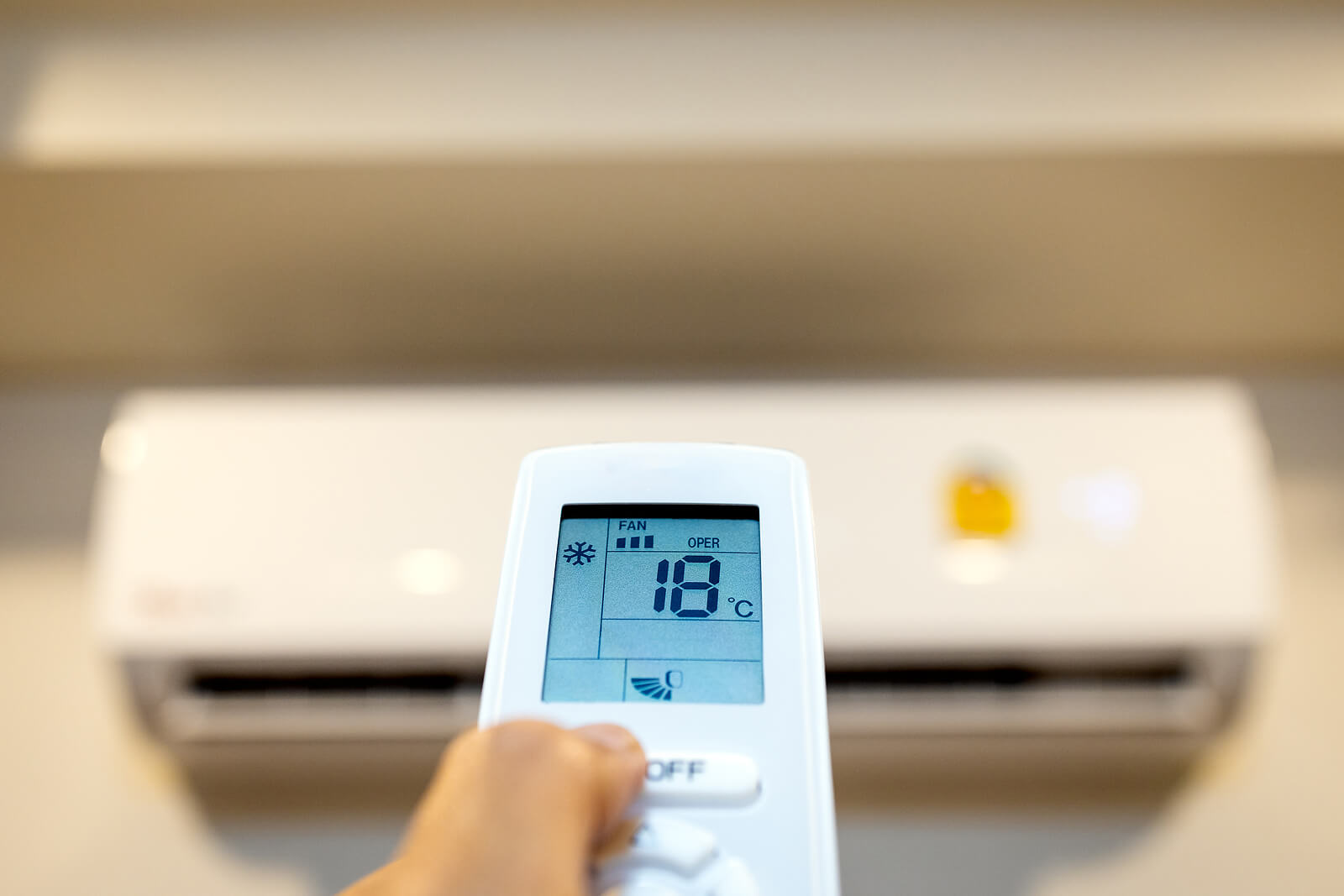
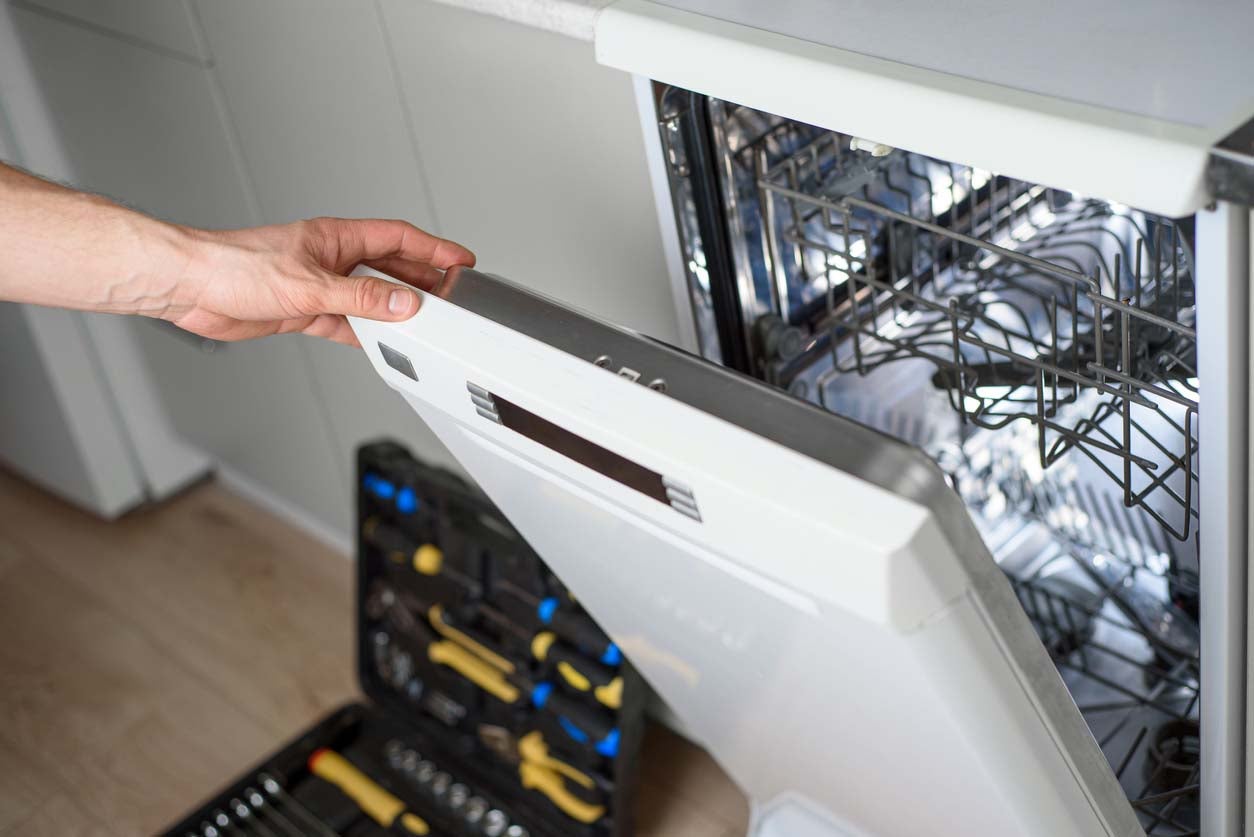

0 thoughts on “Why Are My Outdoor Palm Leaves Turning Brown?”